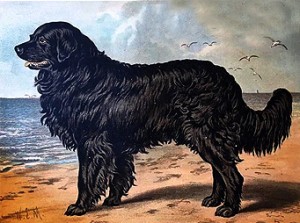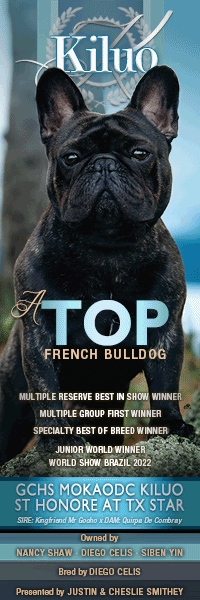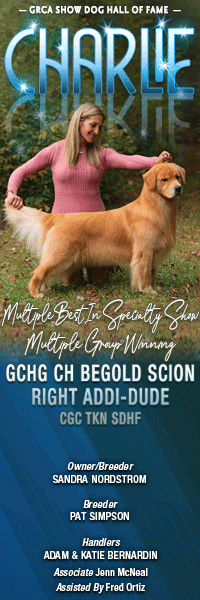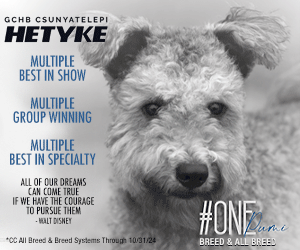The Newfoundland – The Cause of a Fatal Duel
290 – June, 2018
by LEE CONNOR
 Surprisingly, the origin of the Newfoundland is a very debatable matter. Although the breed has obviously been in existence for hundreds of years, few early breeders recorded the history of their canine companions; even Cabot, the famed explorer, whose name is so closely linked with Newfoundland, never made mention of these huge dogs.
Surprisingly, the origin of the Newfoundland is a very debatable matter. Although the breed has obviously been in existence for hundreds of years, few early breeders recorded the history of their canine companions; even Cabot, the famed explorer, whose name is so closely linked with Newfoundland, never made mention of these huge dogs.
Newfoundland was ‘discovered’ in 1000AD by the Norwegians, later, in 1497, it was rediscovered by Cabot. So, it is highly likely that the breed is of European extraction rather than, as some have previously claimed, an indigenous breed of dog.
Interestingly enough, ‘Ash’ made reference to the Norwe- gian link saying, ‘in 1844 the Norwegian peasant in the mountains kept and used for bear and wolf hunting dogs closely resembling Newfoundlands.’
Other experts claimed that the Newfoundland descended from the Tibetan Mastiff, still others say that the breed descends from the Pyrenean (Great Pyrenees in America).
In 1732 a ‘person of quality’ in his ‘Appendix on Dogs’ writes, ‘The Bear Dog is of a very large size commonly sluggish in his looks, but he is very watchful, he comes from Newfoundland, his business ‘is to guard the court or house, and has a thundering voice when strangers come near him…’
The breed was named in 1775 by George Cartwright, when he mentions his dog; ‘At six o’clock this morning I set off for Port Marnham on a deer shooting party, taking Indian Jack, with our provisions and necessaries, upon my Es- quimaux sled drawn by a couple of Bloodhounds and a New- foundland dog.’
Cartwright also interestingly talked about the Beothuk’s (the native people) and he wrote, ‘to complete their wretched condition, providence has even denied them the pleasant services and companionship of the faithful dog.’
Which seems to suggest there wasn’t a native breed and that the Newfoundland is of European extraction.
Click here to read the complete article290 – June, 2018
Short URL: https://caninechronicle.com/?p=145407
Comments are closed











